Colombia The 10 most touristically places, Colombia, a nation nestled in the northwestern corner of South America, boasts a rich tapestry of landscapes, cultures, and history. From the Caribbean coast to the Andean highlands and the lush Amazon rainforest, Colombia is a diverse and vibrant destination. This exploration delves into shedding light on the unique attractions that draw millions of visitors each year.
1. Cartagena: Colonial Splendor on the Caribbean
Cartagena, a UNESCO World Heritage site, is a jewel on Colombia’s Caribbean coast. The city’s historic center, known as the Walled City, is a maze of cobblestone streets, vibrant plazas, and well-preserved colonial architecture. The San Felipe Castle, a formidable fortress, and the colorful houses of the Getsemaní neighborhood add to the city’s allure. Cartagena’s blend of history, culture, and Caribbean charm attracts visitors seeking a romantic and culturally rich experience.
2. Bogotá: Capital of Culture and Contrasts
Bogotá, the capital and cultural heart of Colombia, sits high in the Andean plateau. The historic La Candelaria district is home to colonial-era churches, the Gold Museum showcasing pre-Columbian artifacts, and the vibrant Bolívar Square. The city’s modern side shines in districts like Chapinero, where trendy cafes and contemporary art galleries thrive. The Monserrate Sanctuary, accessible by cable car or funicular, offers panoramic views of the city. Bogotá’s diverse cultural scene, from street art to world-class theaters, makes it a dynamic destination for art enthusiasts and history buffs alike.
3. Medellín: City of Eternal Spring
Nestled in a valley surrounded by mountains, Medellín is a city that has transformed itself from a troubled past to a vibrant metropolis. The innovative Metrocable, an aerial cable car system, provides stunning views of the city and exemplifies Medellín’s commitment to urban development. The Botero Plaza, with its sculptures by renowned artist Fernando Botero, and the Comuna 13 neighborhood, known for its colorful street art and revitalization efforts, showcase Medellín’s cultural renaissance. The Flower Festival, celebrated annually, adds a burst of color and joy to the city’s atmosphere.
4. Cali: The Salsa Capital
Cali, known as the Salsa Capital of the world, is a lively city with a passion for dance and music. The Feria de Cali, an annual festival in December, attracts salsa enthusiasts from around the globe. The San Antonio neighborhood, with its colonial charm and bohemian vibe, is a popular area for strolling and enjoying local cuisine. Cali’s salsa clubs, where locals and visitors alike dance the night away, contribute to the city’s energetic and festive ambiance.
5. Santa Marta: Gateway to Tayrona National Park
Santa Marta, located on Colombia’s Caribbean coast, serves as the gateway to the natural wonders of Tayrona National Park. The city itself boasts historical sites such as the Quinta de San Pedro Alejandrino, where Simón Bolívar spent his final days. However, it is the proximity to Tayrona’s pristine beaches, dense jungles, and archaeological ruins that makes Santa Marta a popular destination. Travelers flock to the park to hike its trails, relax on its beaches, and immerse themselves in the natural beauty of Colombia’s northern coast.
6. San Andrés and Providencia: Caribbean Paradise
San Andrés and Providencia, two Caribbean islands governed by Colombia, offer a tropical paradise with white-sand beaches, crystal-clear waters, and vibrant coral reefs. The UNESCO-listed Seaflower Biosphere Reserve surrounding Providencia ensures the preservation of these pristine ecosystems. San Andrés is known for its lively atmosphere, duty-free shopping, and the iconic Johnny Cay islet. Providencia, a quieter island with a distinct Creole culture, appeals to those seeking a tranquil escape. The blend of Caribbean charm and natural beauty makes these islands a sought-after destination.
7. Villa de Leyva: Colonial Elegance in Boyacá
Villa de Leyva, a well-preserved colonial town in the Andean highlands, exudes a timeless charm. The expansive Plaza Mayor, one of the largest town squares in South America, is surrounded by colonial-era buildings and is a focal point for events and festivals. Cobblestone streets, artisanal workshops, and the historic Church of Our Lady of the Rosary contribute to the town’s enchanting atmosphere. Villa de Leyva’s proximity to natural wonders like the Pozos Azules (Blue Pools) and the El Fósil Museum adds to its appeal as a cultural and scenic destination.
8. Coffee Cultural Landscape: Colombia’s Coffee Axis
The Coffee Cultural Landscape, declared a UNESCO World Heritage site, encompasses the coffee-producing regions of Caldas, Quindío, and Risaralda. Quaint towns like Salento, with its colorful architecture and nearby Cocora Valley, showcase the beauty of the region. Coffee plantations, known as fincas, offer tours where visitors can learn about the coffee-making process and sample freshly brewed Colombian coffee. The combination of lush landscapes, cultural richness, and the aroma of freshly roasted coffee makes this region a must-visit for nature lovers and coffee enthusiasts.
9. Guatapé: The Town of Colorful Zócalos
Guatapé, located near Medellín, is renowned for its vibrant and intricately decorated zócalos, colorful bas-reliefs that adorn the lower part of the town’s buildings. The town is situated on the shores of the Guatapé Reservoir, surrounded by lush hills and monolithic rock formations. The Piedra del Peñol, a massive granite rock with a staircase leading to the summit, provides panoramic views of the reservoir and the surrounding landscape. Guatapé’s unique charm and picturesque setting make it a popular destination for day trips from Medellín.
10. Cocora Valley: Home of the Wax Palms
The Cocora Valley, nestled in the Andes near the town of Salento, is a surreal landscape dotted with towering wax palms, Colombia’s national tree. The valley is part of Los Nevados National Natural Park and offers hiking trails through cloud forests and lush meadows. The iconic wax palms, reaching heights of up to 60 meters, create a dramatic and photogenic scene. Visitors can explore the valley on horseback or on foot, immersing themselves in the pristine natural beauty of this unique Colombian destination.
In conclusion, Colombia’s appeal as a tourist destination is rooted in its diverse offerings, ranging from historical and cultural gems to natural wonders and vibrant urban experiences. Each of the ten highlighted destinations showcases a different facet of Colombia’s rich tapestry, inviting travelers to explore the country’s multifaceted beauty. Whether wandering through the colonial streets of Cartagena, dancing salsa in Cali, or marveling at the towering wax palms of Cocora Valley, Colombia stands as a testament to the harmonious blend of tradition, nature, and hospitality, making it a captivating destination for global travelers.


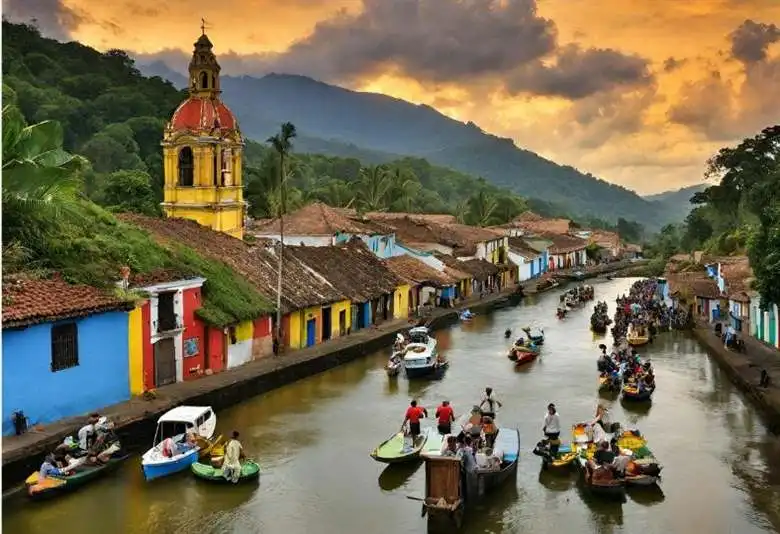
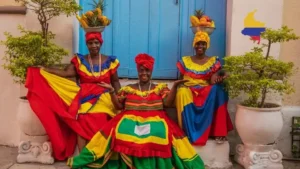
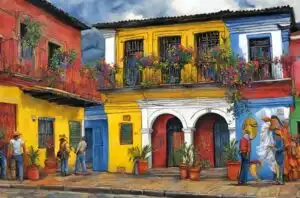



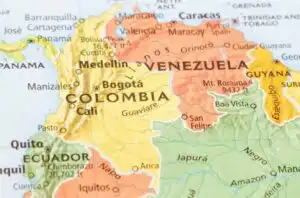




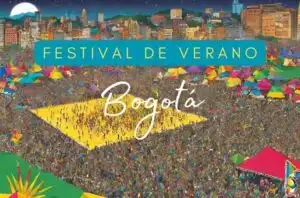



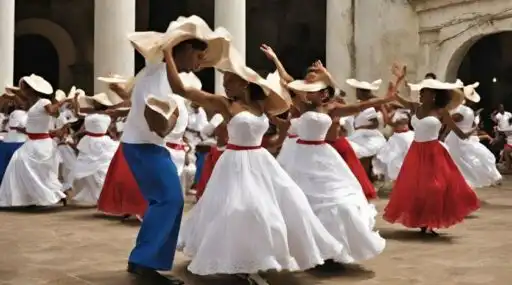











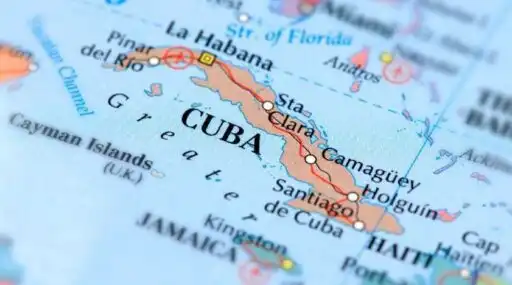

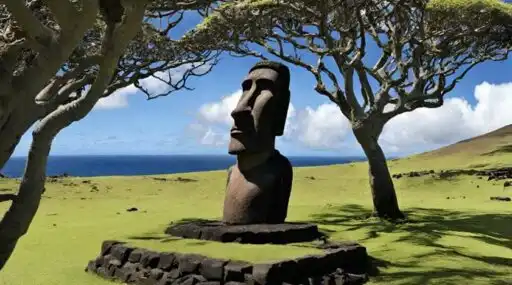
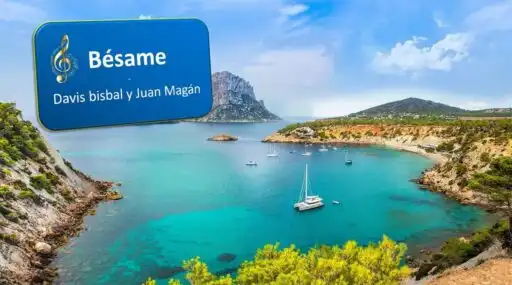





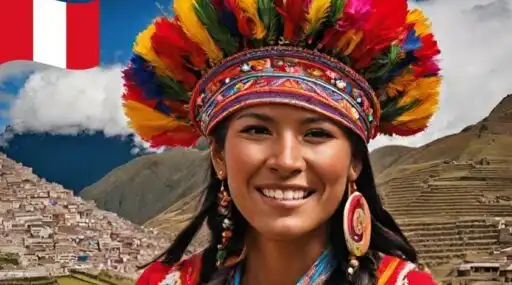
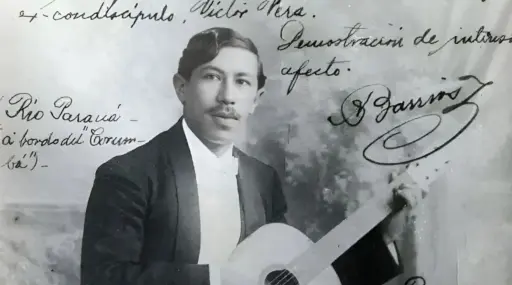
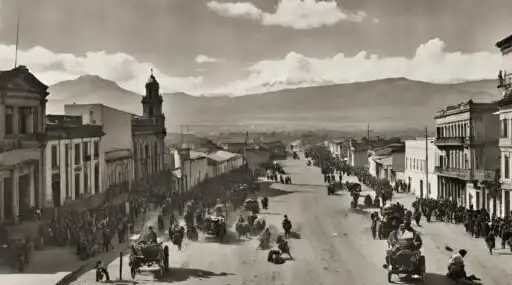


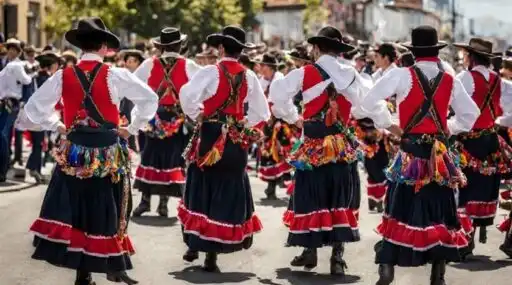

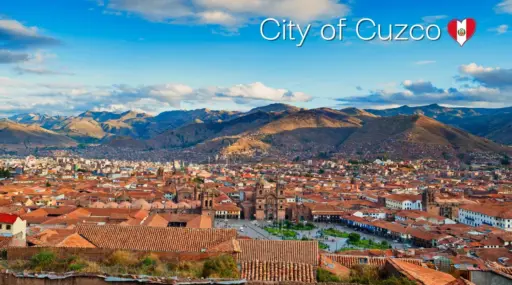

Leave a Reply